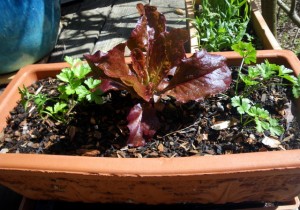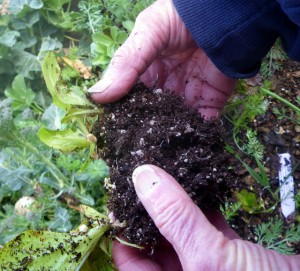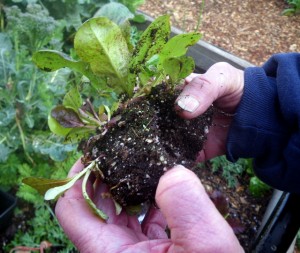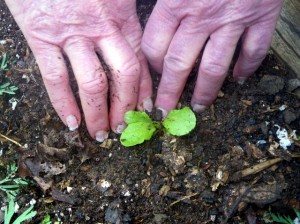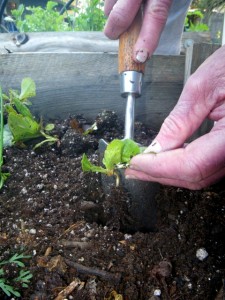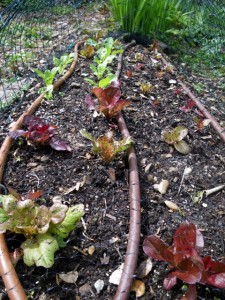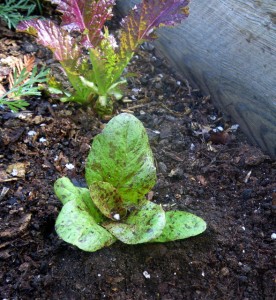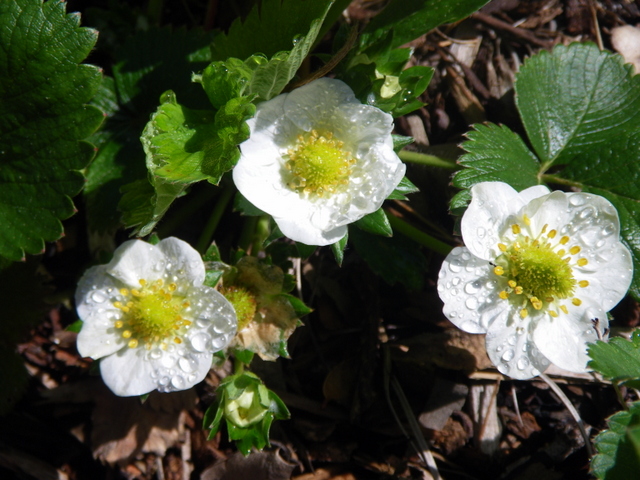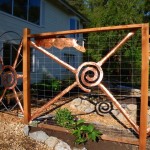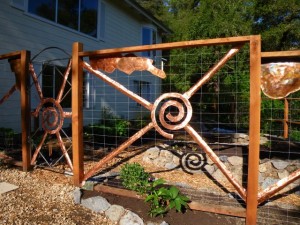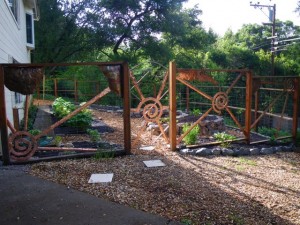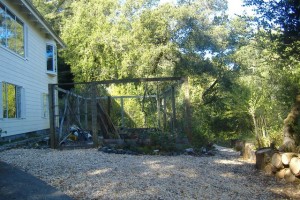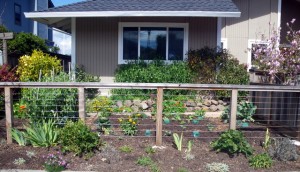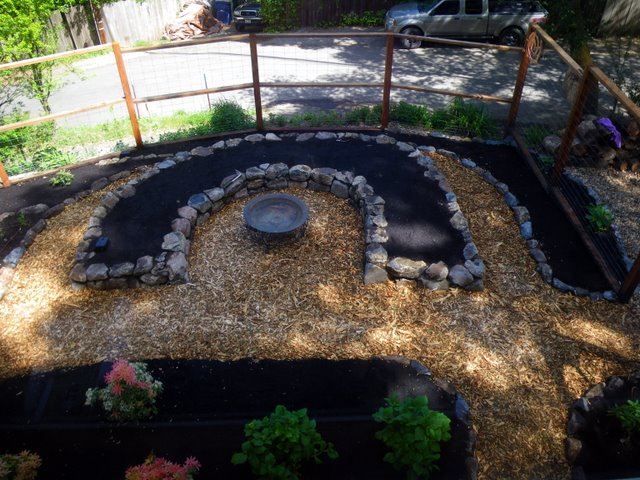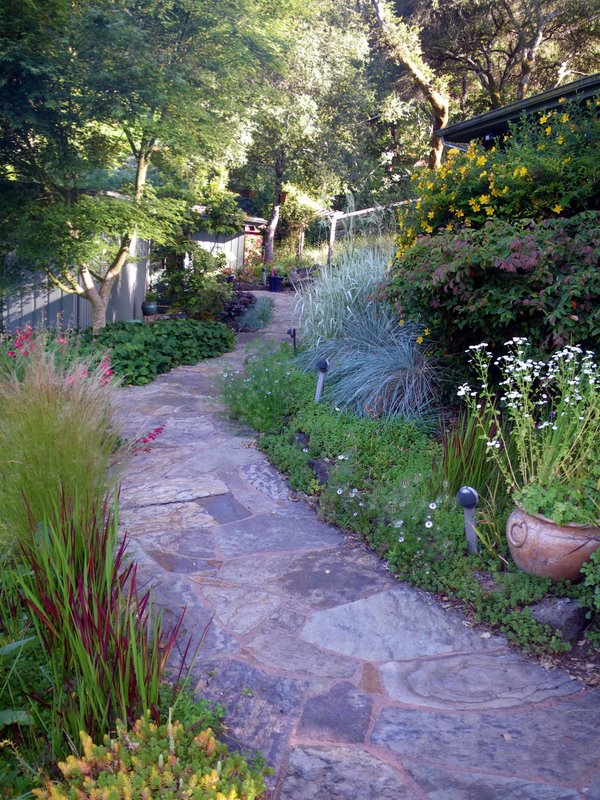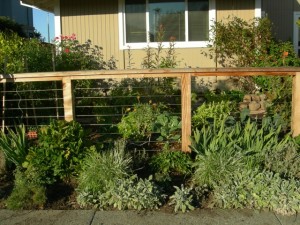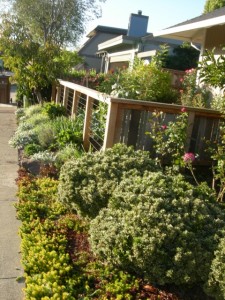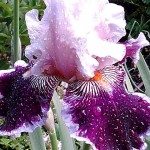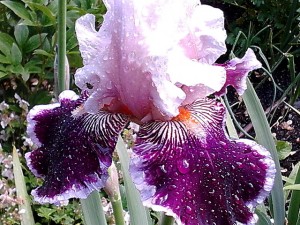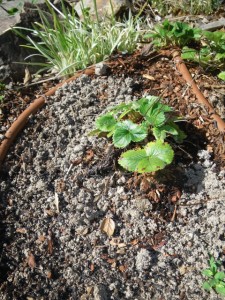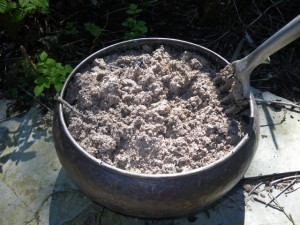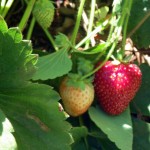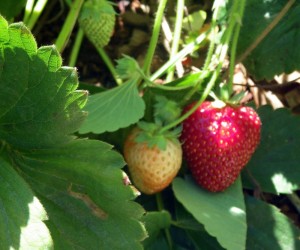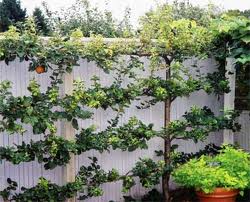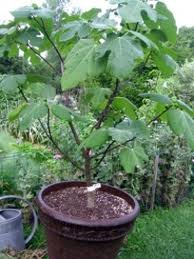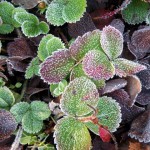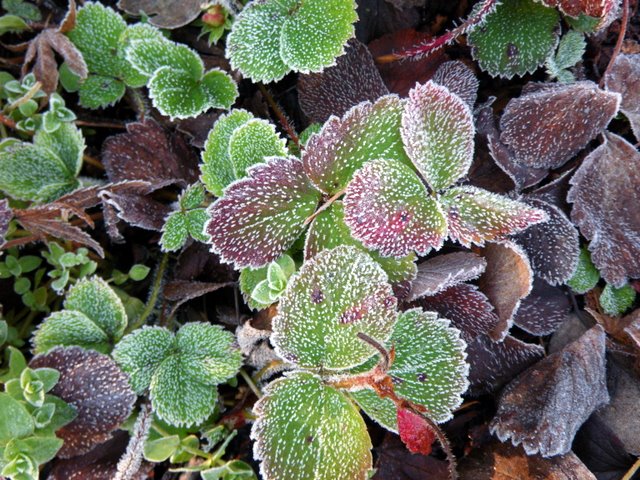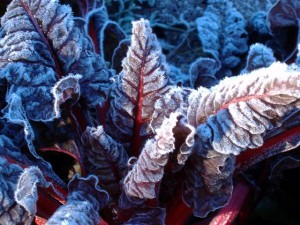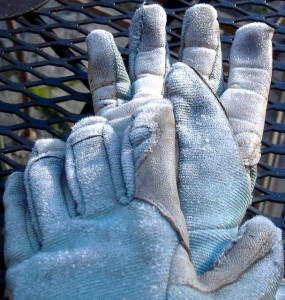by Avis Licht
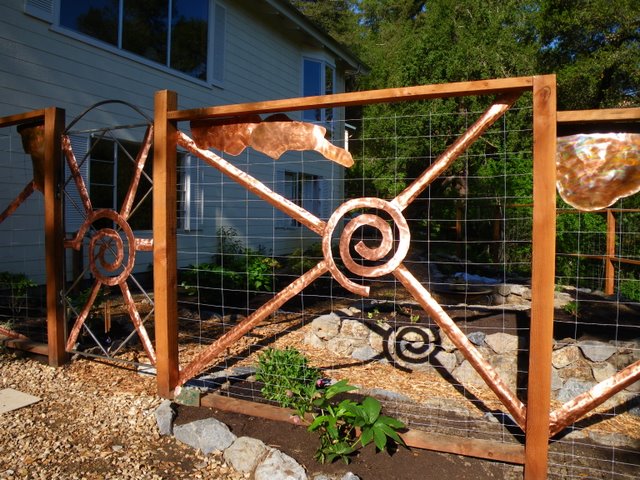
A front yard fence that is beautiful and functional
Yesterday I talked about the steps involved in making a landscape plan. Today I want to share with you a small front yard garden that used those guidelines.
The first parameters you need to look at are your climate, sun/shade, slope, access, existing structures and plantings. Don’t forget that the sun moves not only east and west, but north and south. The sun is high in the sky in summer and low on the horizon in winter. Be sure to locate north and watch the sun/shade patterns in your garden over time. You will be amazed how little sun you have in the winter compared to summer if you have any tall trees or structures.
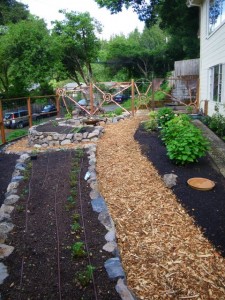
The path divides the garden into edibles and ornamentals based on the sun
In the photo above you can see a 2 story house that creates a lot of shade on the garden. The garden is on the north side of the house. This means that in winter almost the entire garden is in shade. In summer the garden has plenty of sun from the path to the fence. Using this information, I created vegetable beds in the sunny part of the garden for Spring to Fall crops. The beds closest to the house are landscaped with shade loving ornamental shrubs and flowers.
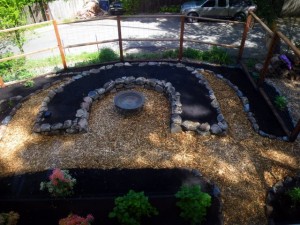
Using beds with stone to create form and structure keeps the garden looking good all year
The yard is curved to use as much of the available ground the gets sun in the early Spring. The fence is 6 feet high and keeps the deer out. The fence is also used to grow climbing vegetables such as peas, beans, cucumbers and tomatoes. Because it is on the north side of the garden it doesn’t shade the other beds.
Once you’ve determined your site functions, based on climate and position, it’s time to start looking at your desires and finances. In this case the owner was a single person with a limited income as a teacher, but who hopes to live here the rest of her life and wanted to make it a special place to come home to every day. She wanted something beautiful as well as functional. The vegetable garden is big enough to supply plenty of veggies for her and her rabbits, as well as strawberries, blueberries and apple and pear trees. Once the garden was installed, it is easy to maintain. The initial investment will pay off many times over in the joy of coming home to a beautiful garden, in addition to the healthy food.
I always recommend that my clients balance their desires, with their budget and their long term goals. If you plan on living in your home for a long time, it is worth spending more money on a strong and safe infrastructure like paths, fences and retaining walls. If you think you may be leaving soon, or are a renter, consider simple beds, containers and annual plantings.
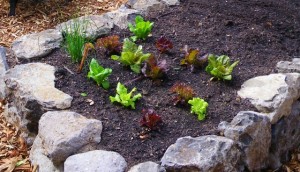
Vegetables in the raised bed
The raised bed has several functions. Not only is it a beautiful form that looks good in all seasons, it is strong enough for the owner to sit on while gardening. For someone with a bad back this allows for much easier access to the beds. We lined the bottom of the bed with hardware cloth, which is a 1/2 inch wire mesh that keeps the gophers out of the bed, which were a huge problem. We also brought in some excellent organic topsoil to fill the raised beds, which produced a wonderful, bountiful harvest.
In considering the “sustainability” factor, we looked at two levels of sustainability. On a personal level, the garden had to be small enough that she could maintain it in an ongoing basis and that she could afford it. We definitely feel that we accomplished that goal.
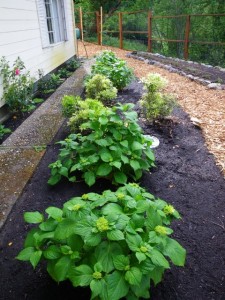
Observe your site and put the right plant in the right place
On a “global” level we kept the materials as simple as possible. The paths are permeable, and covered with old sheets and towels that keep the weeds down, but eventually decompose. They are covered with free chips from the local tree service. The beds are built with locally sourced stone. The irrigation is drip, using a controller that is connected to a local weather station that determines how much to irrigate based on evapotranspiration rates. And finally, we installed a 2,000 gallon rain water harvesting tank, that stores winter rain from her roof runoff. This water can be used as back up in times of drought or for fire safety. In California we are faced with drought, fire and earthquakes.
There’s a lot of information in this post, but it will give you some ideas that you can use in your own garden. Take time, don’t rush it. The more observation you do in your garden at the front end, the less changes you’ll have to make at the back end. Your edible landscape is worth the effort.
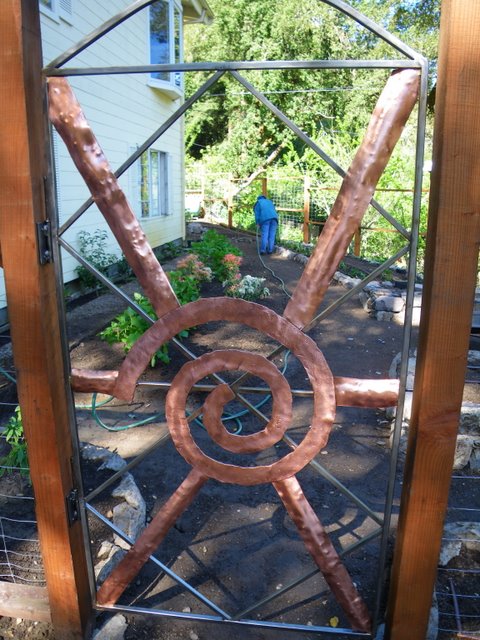
Copper gate invites you into the garden
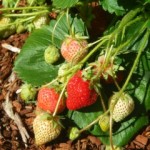

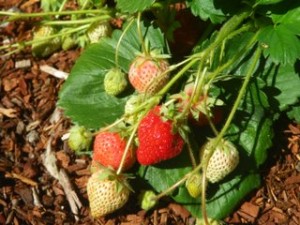
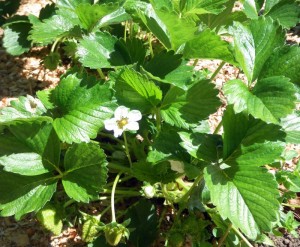
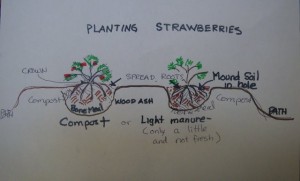

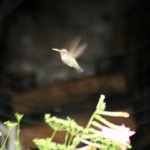
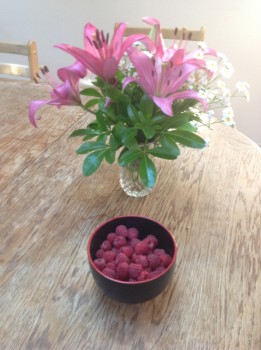
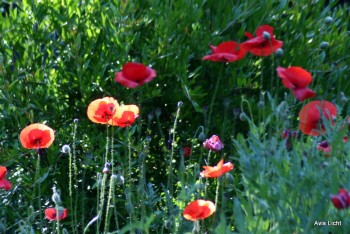
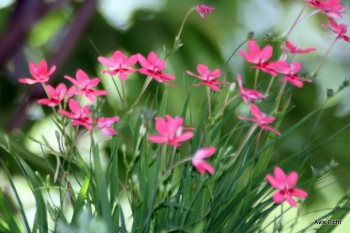
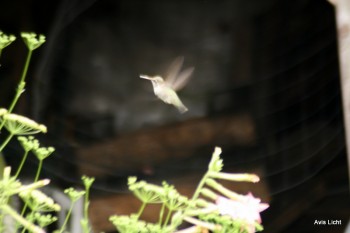
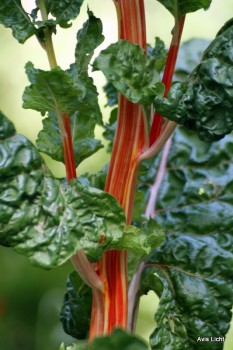
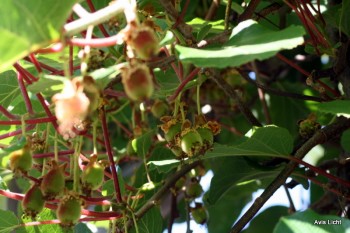
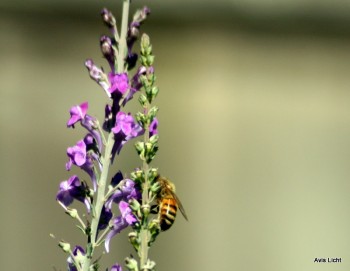
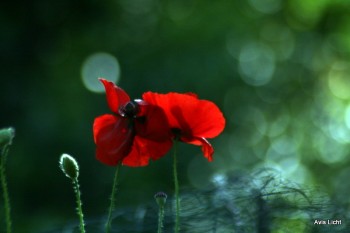
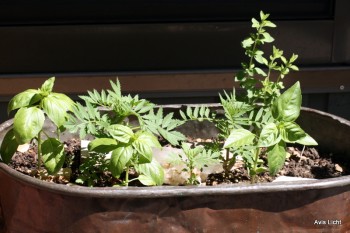
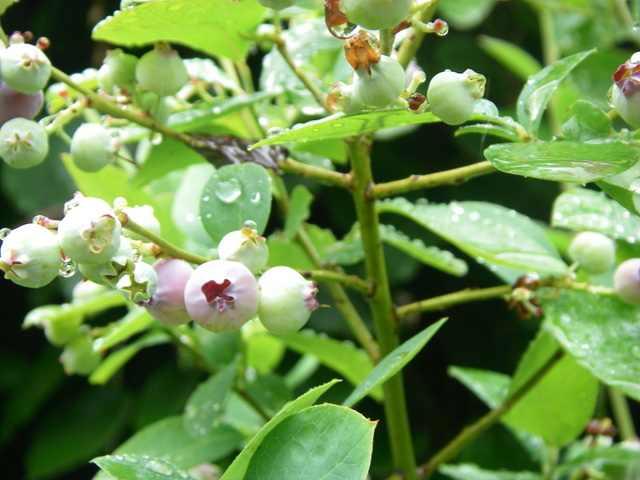
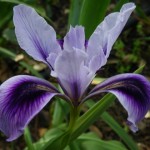
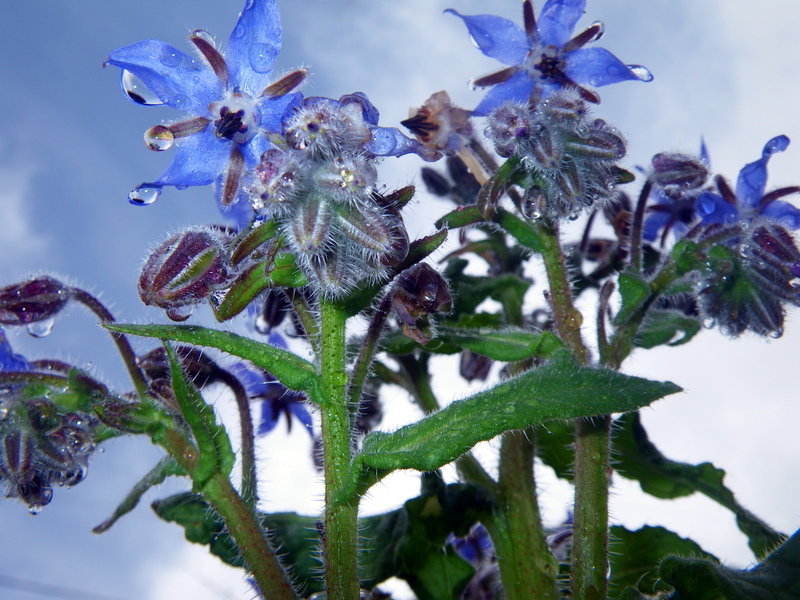
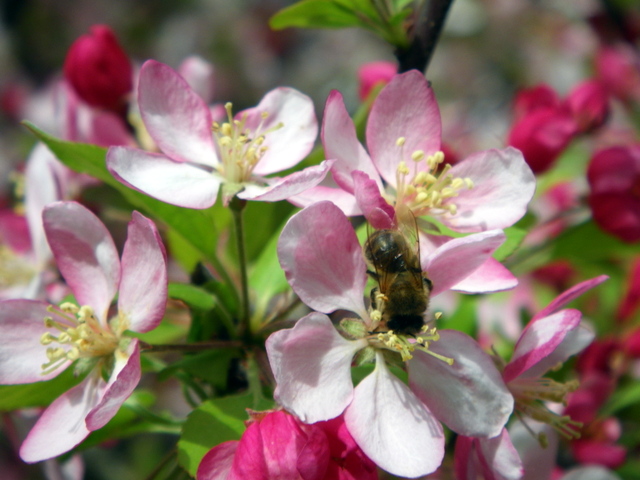
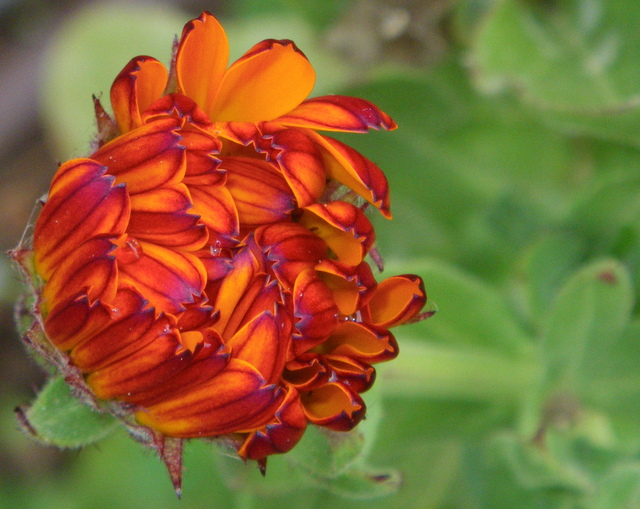
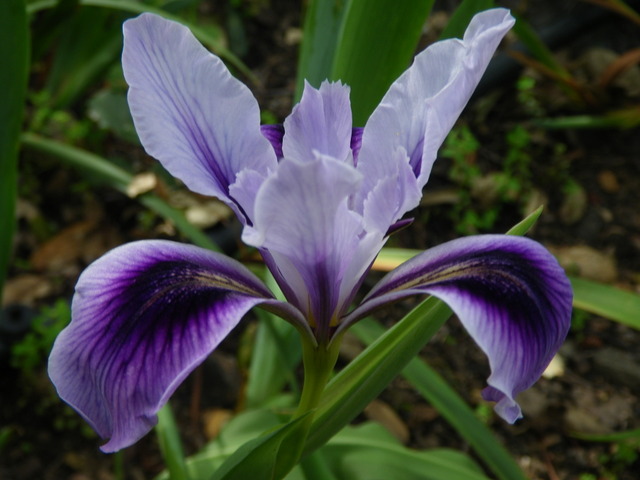
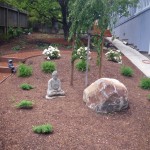
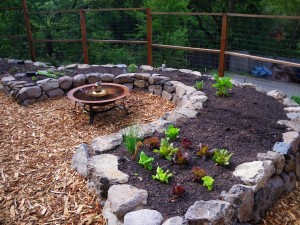
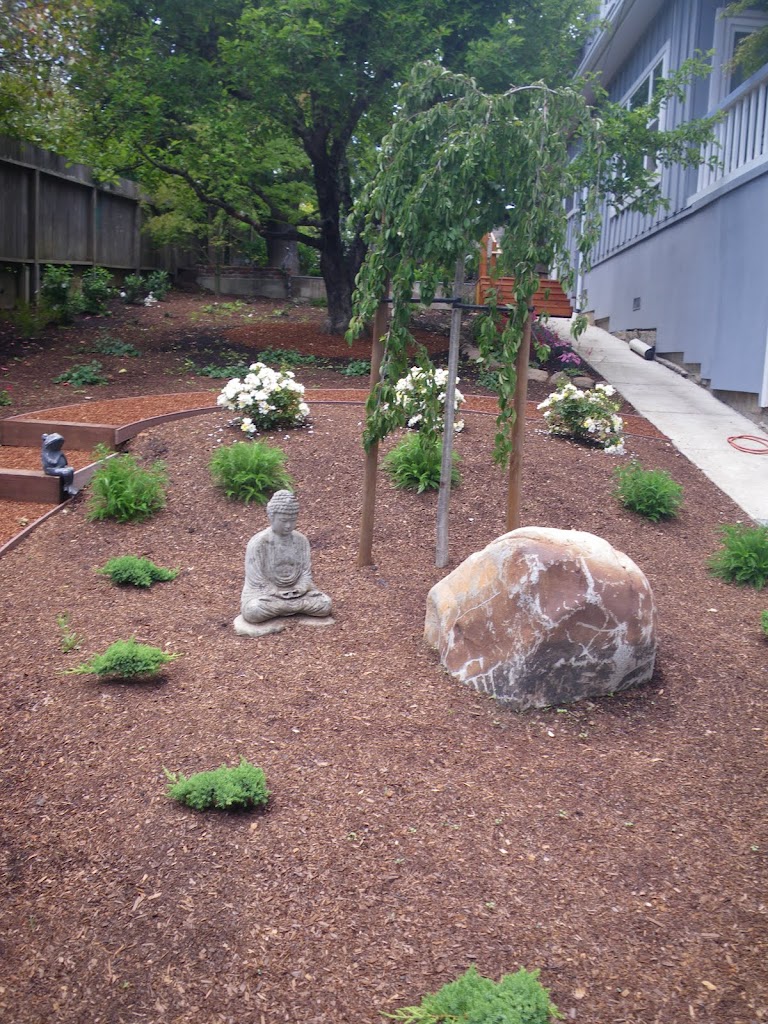
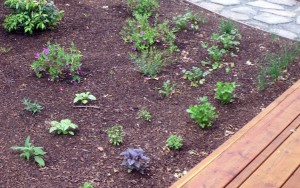
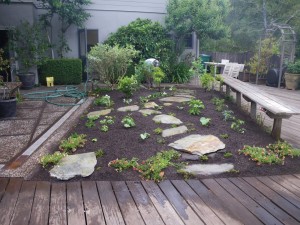
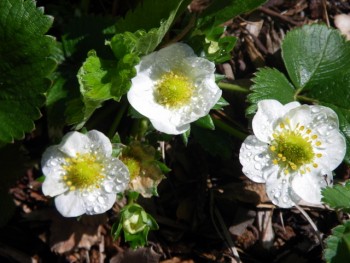
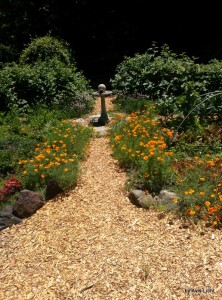

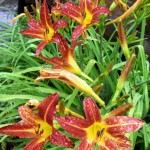
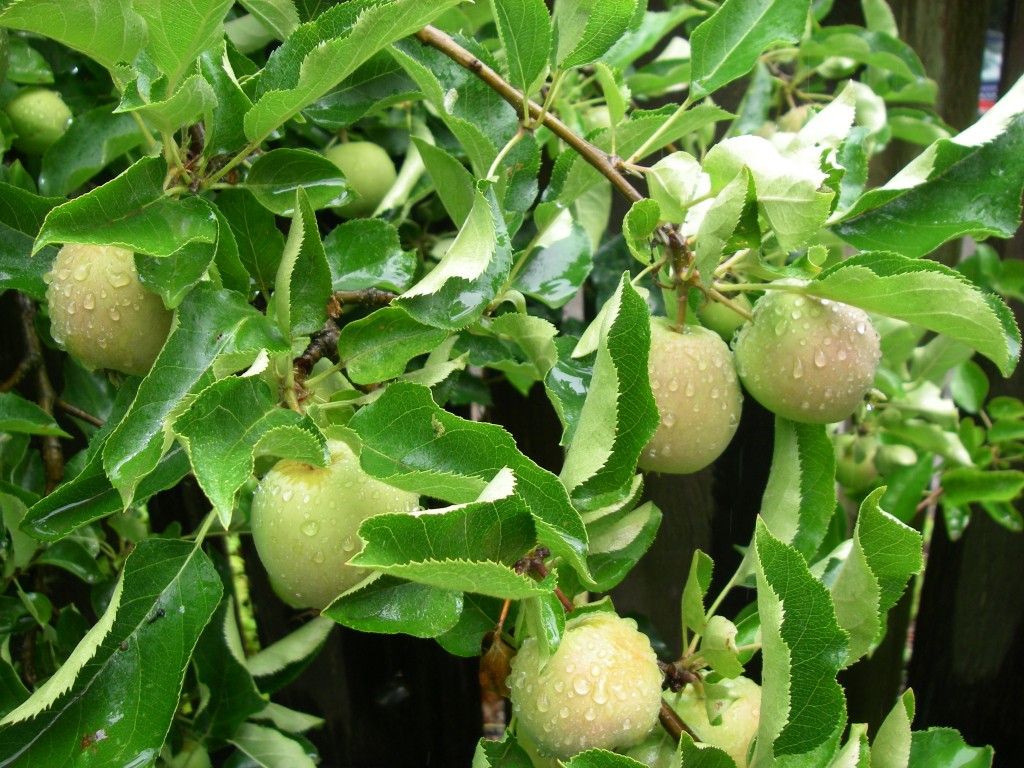
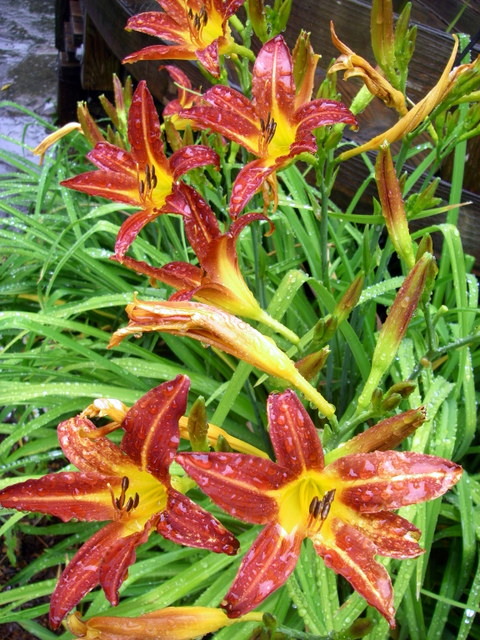
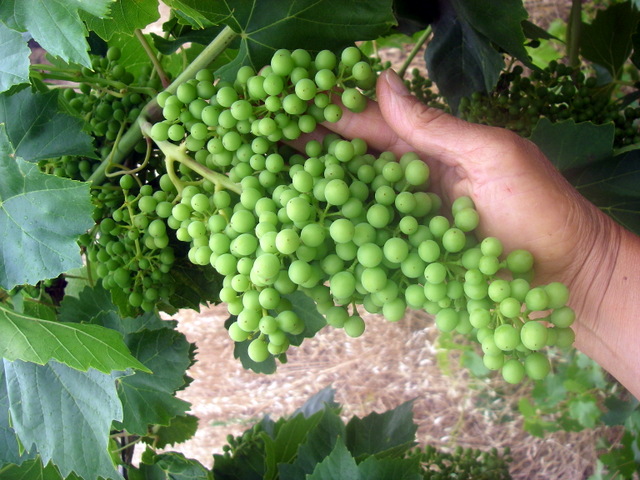
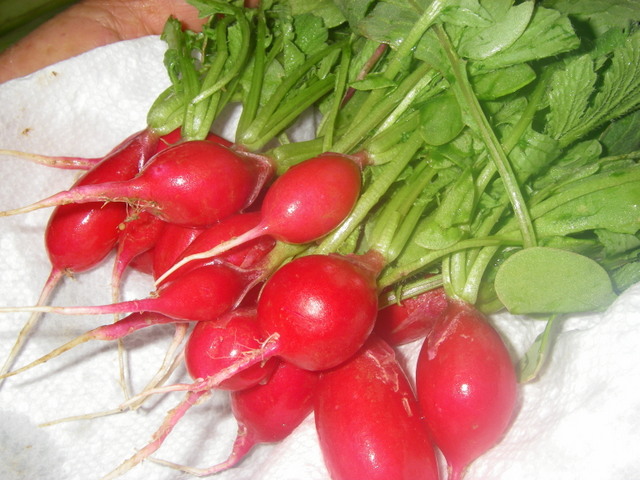
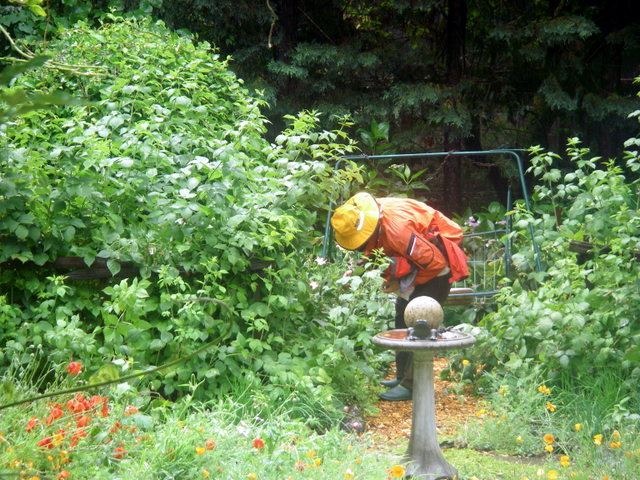
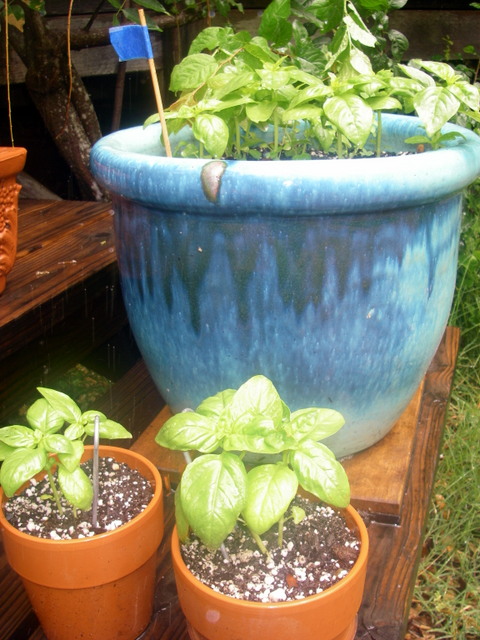
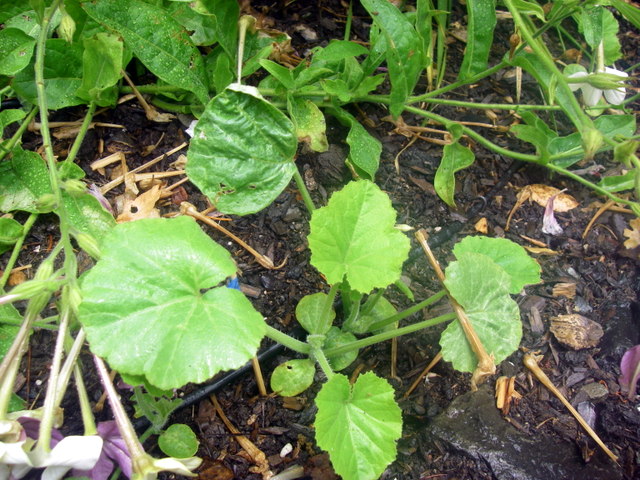
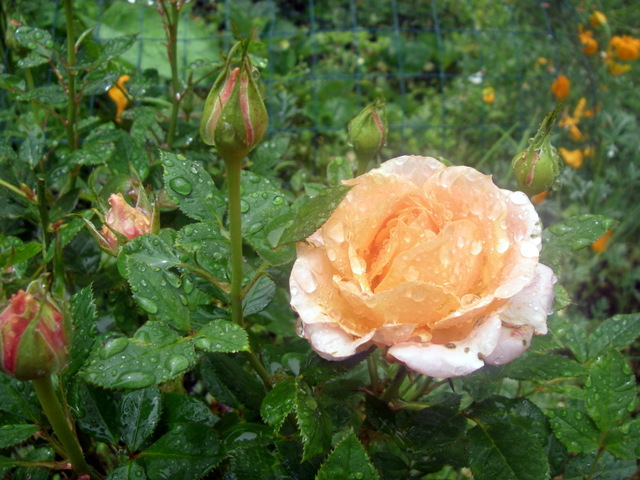
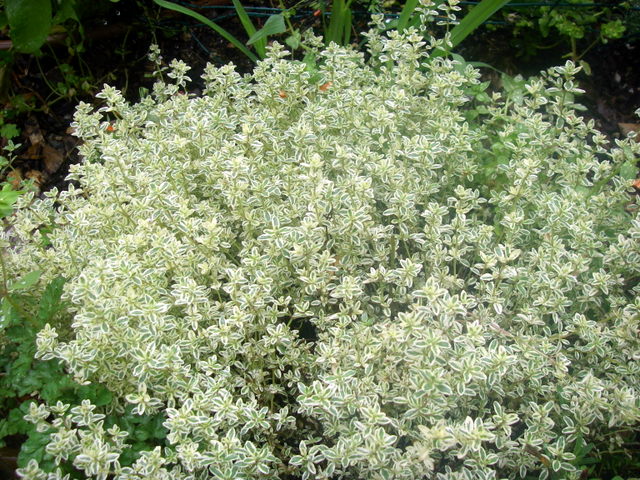
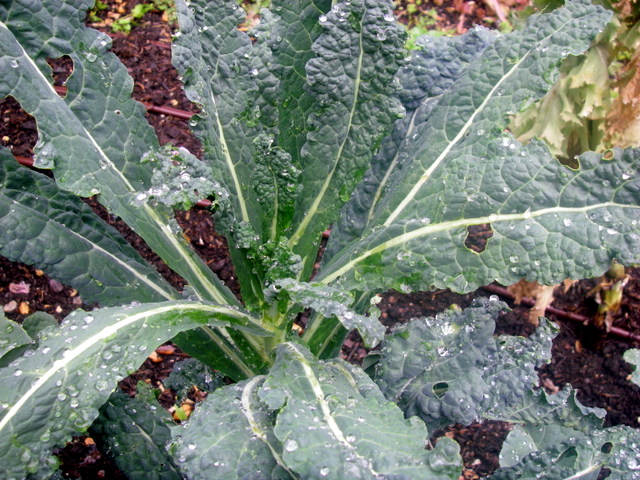
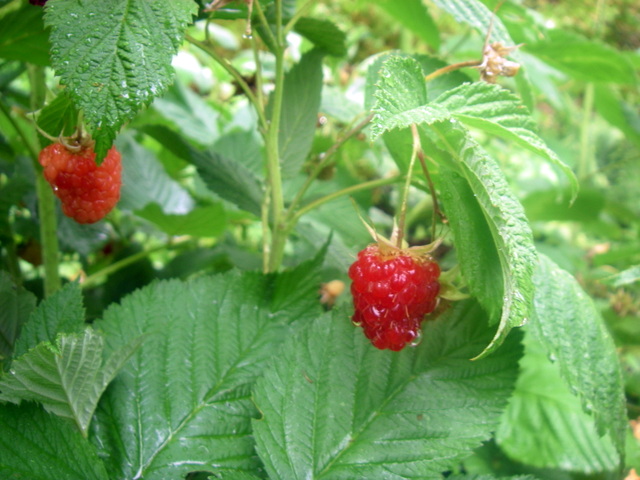
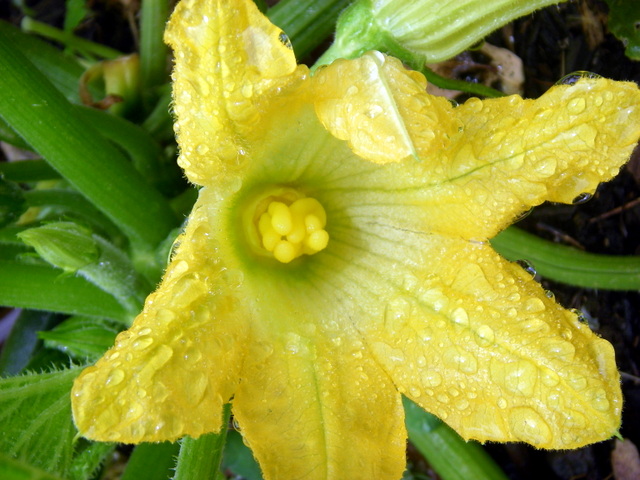
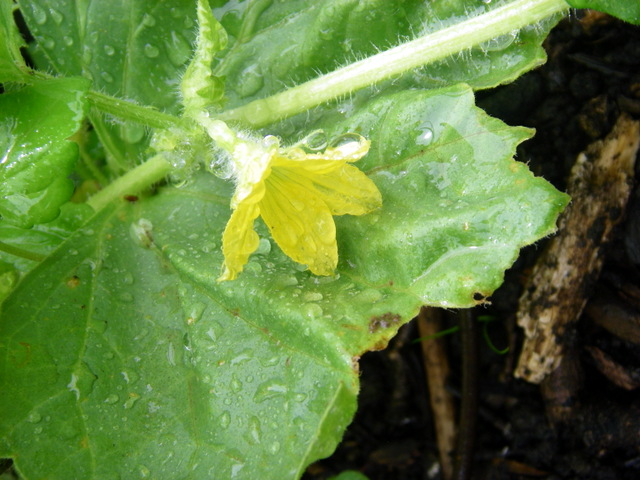
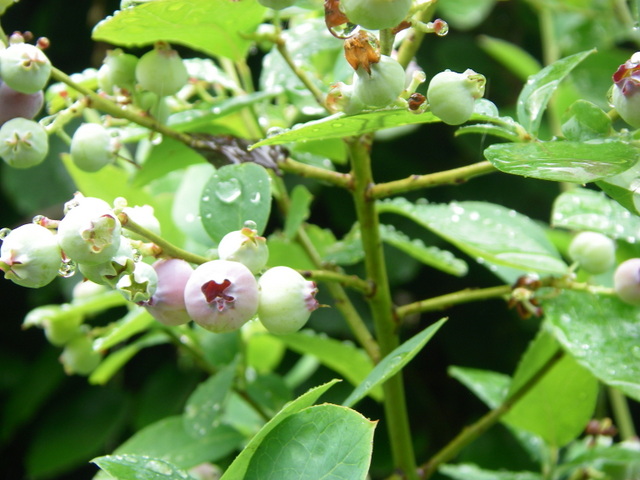
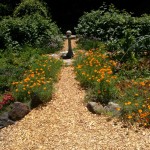
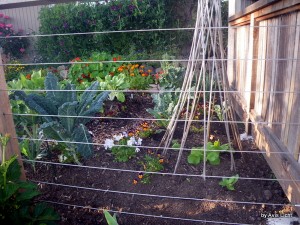
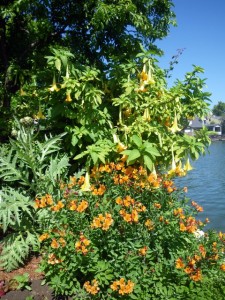
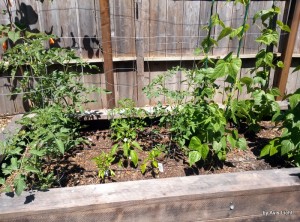
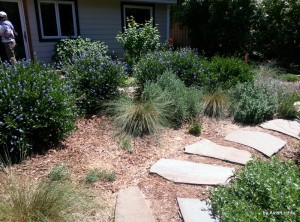
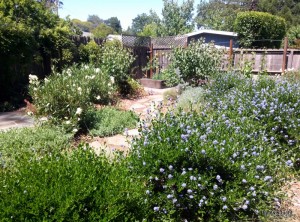
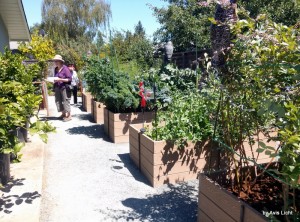
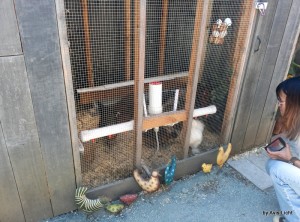
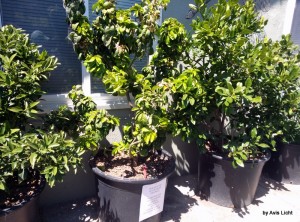
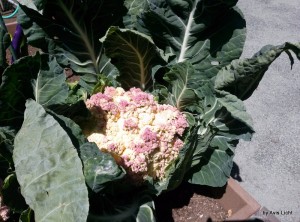
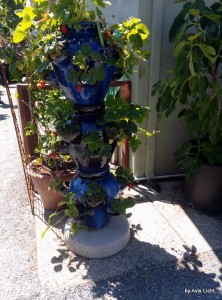
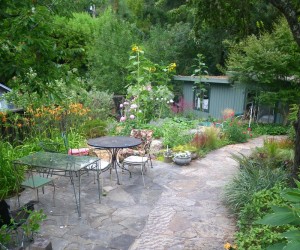
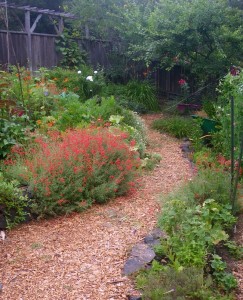
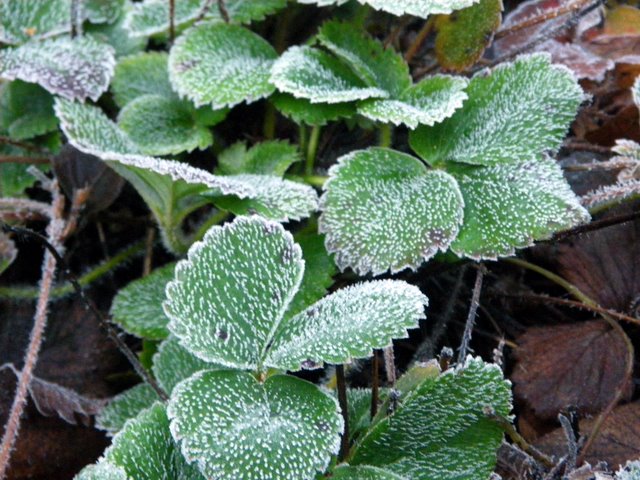
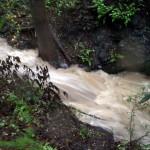
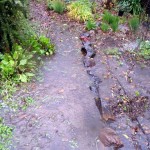
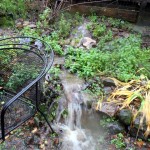
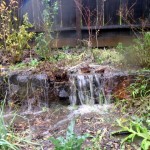
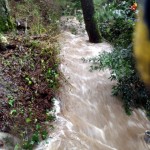
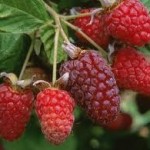
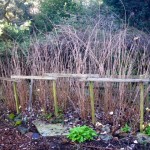
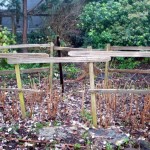
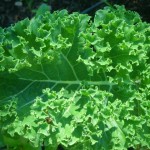
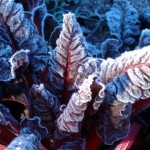
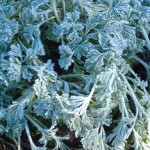
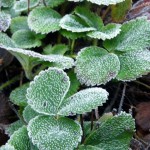

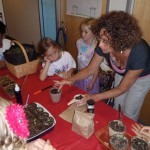
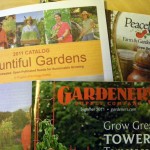
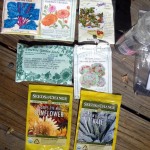
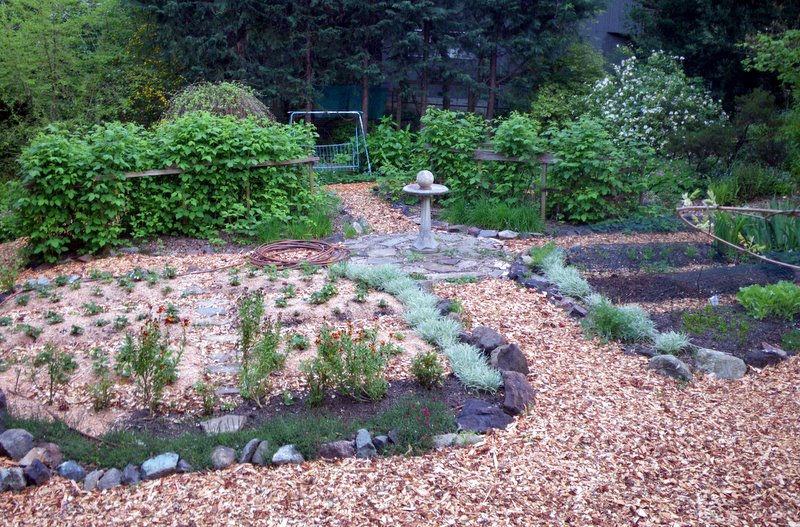
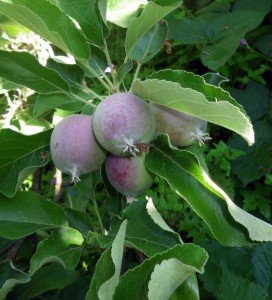
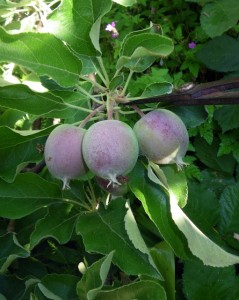
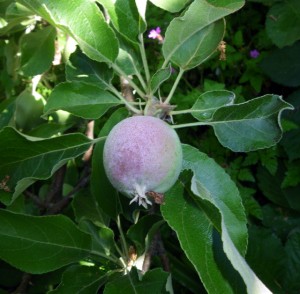
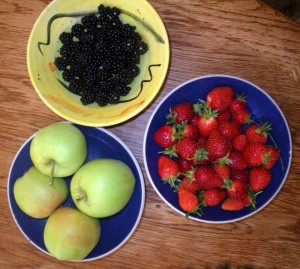
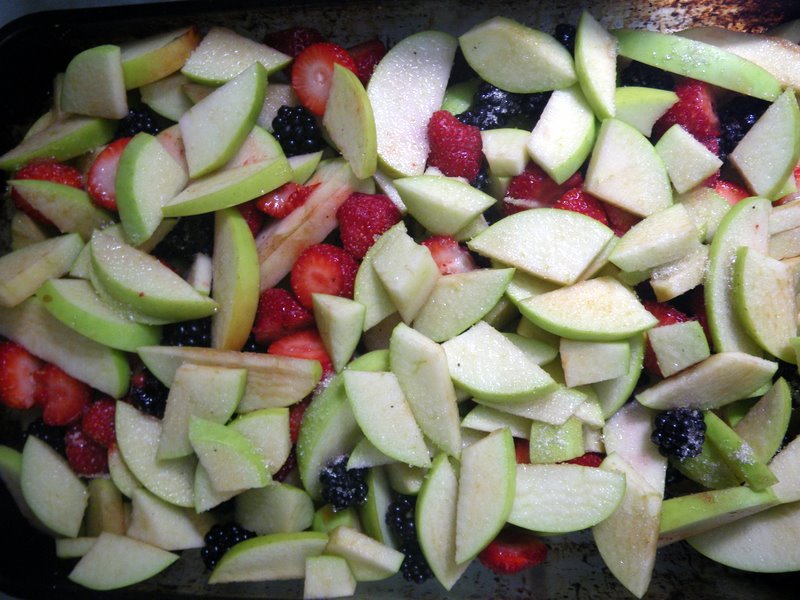
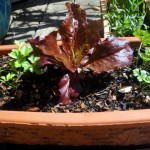
 Follow
Follow

